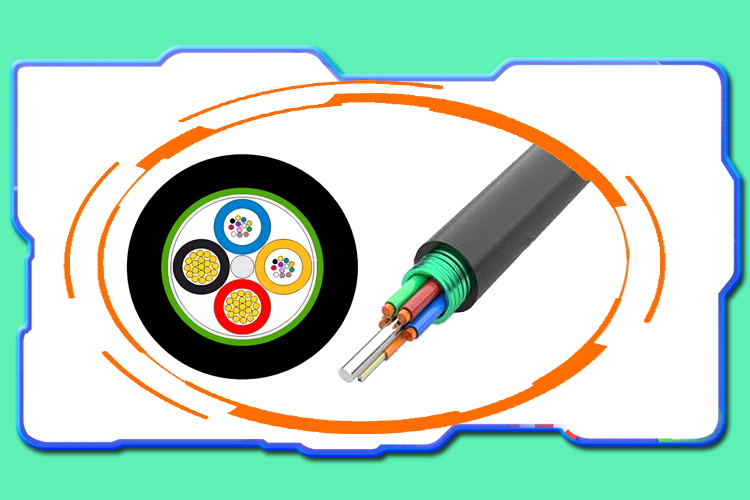Unraveling the Optoelectronic Hybrid Cable: A Breakthrough in Data Transmission?
Introduction
The world has come a long way in the realm of data communication and transmission, starting from the days of invention of the telephone in 1876 to the innovative technology of fiber optic cables today. As technology advances, the demand for faster and more accurate ways of data transmission soars. The optoelectronic hybrid cable is one such attempt at satisfying this need through its high-speed data transmission capability. But what is an optoelectronic hybrid cable, and how does it work? In this article, we will delve into a comprehensive understanding of this breakthrough technology that emerges as a solution to bridge the limitations of copper cables and fiber optic Cable.

What is an Optoelectronic Hybrid Cable?
An optoelectronic hybrid cable is a unique fusion of optical fiber and copper cable that leverages the advantages of both fiber optics and copper conductors. It not only combines the benefits of its parent technologies but also facilitates long distance, high-speed data transmission with minimal loss of data.
The optoelectronic hybrid cable is designed with an innovative structure boasting copper conductors and optical fiber integrated into a single jacketed assembly. This arrangement allows for the transmission of power and data simultaneously, enabling extended reach and high-speed data communication over long distances.
How Does an Optoelectronic Hybrid Cable Work?
Optoelectronic hybrid cables harness the best of both worlds by utilizing optical fiber to transmit data while using copper to provide power. The data transmission process involves converting electrical signals into light signals with the help of a transceiver. These light signals then travel through the optical fiber, carrying the data.
Simultaneously, the copper portion of the hybrid cable supplies power to active components such as cameras and sensors placed along the cable route. The power supplied from the copper conductors enables these components to function effectively and perform tasks like monitoring and data collection.
Advantages of an Optoelectronic Hybrid Cable
1. High-speed data transmission: By leveraging the high-speed data transmission capabilities of optical fiber, the optoelectronic hybrid cable can transmit data at a far greater speed compared to traditional copper cables.
2. Long-distance communication: Through its fusion of optical fiber and copper, the hybrid cable can facilitate long-distance data transmission with minimal loss, making it suitable for communication in areas with extended distances to cover.
3. Reduced signal interference: The use of optical fiber in the hybrid cable eliminates the problems usually associated with electromagnetic interference, often encountered in copper cables.
4. Simultaneous power and data transmission: The hybrid cable design allows for the concurrent transmission of power and data, which is crucial for applications like security and monitoring systems.
Applications of Optoelectronic Hybrid Cables
The potential applications of optoelectronic hybrid cables are vast and versatile, ranging from security and monitoring systems to transportation networks, including railways, subways, and airports. These cables can provide the perfect solution for power and data transmission requirements in telecommunications, remote monitoring, industrial automation, and other fields. Hybrid cables’ extended reach, high-speed data transmission, and minimal loss makes them an ideal choice for the ambitious projects of the future, ensuring seamless communication between devices and systems.
Conclusion
The optoelectronic hybrid cable emerges as a compelling proposition that combines the best elements of copper cables and fiber optics. It harnesses the technologically advanced features of these two communication methods to offer a versatile yet practical solution to modern-day data transmission challenges. As the world marches on to an increasingly interconnected and automated era, optoelectronic hybrid cables are sure to play a pivotal role in reshaping and revolutionizing data transmission methods to cater to the growing demands of the industry. 
 The Future of Fiber Optic Communication Network Architecture: Evolution and the Role of SDON Technology
The Future of Fiber Optic Communication Network Architecture: Evolution and the Role of SDON Technology
 What opportunities and challenges does free-space optical communication technology face?
What opportunities and challenges does free-space optical communication technology face?
 Opelink MPO Products for High-Speed Data Center Applications
Opelink MPO Products for High-Speed Data Center Applications
 CWDM vs. DWDM: Which Optical Transmission Technology Should You Choose?
CWDM vs. DWDM: Which Optical Transmission Technology Should You Choose?